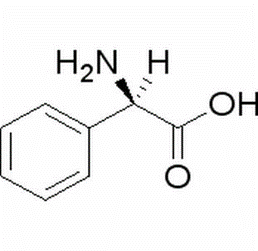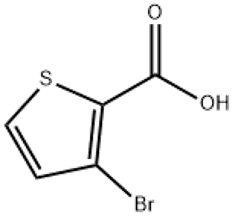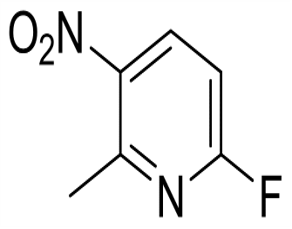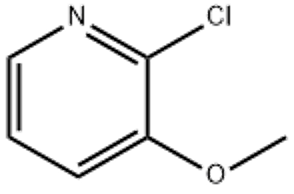Phenethyl acetate(CAS#103-45-7)
| Hazard Symbols | Xi – Irritant |
| Risk Codes | 36/37/38 – Irritating to eyes, respiratory system and skin. |
| Safety Description | S24/25 – Avoid contact with skin and eyes. S36 – Wear suitable protective clothing. S26 – In case of contact with eyes, rinse immediately with plenty of water and seek medical advice. |
| WGK Germany | 1 |
| RTECS | AJ2220000 |
| TSCA | Yes |
| HS Code | 29153990 |
| Toxicity | The acute oral LD50 in rats was reported as > 5 g/kg (Moreno, 1973) and the acute dermal LD50 in rabbits as 6.21 g/kg (3.89-9.90 g/kg) (Fogleman, 1970). |
Introduction
Phenylethyl acetate, also known as ethyl phenylacetate, is an organic compound. The following is an introduction to the properties, uses, preparation methods and safety information of phenylethyl acetate:
Quality:
- Appearance: Phenylethyl acetate is a colorless transparent liquid with a special aroma.
- Solubility: Phenylethyl acetate is soluble in many organic solvents, such as alcohols, ethers, and ketones.
Use:
- Phenylethyl acetate is often used as a solvent in the manufacture of industrial products such as coatings, inks, glues and detergents.
- Phenylethyl acetate can also be used in synthetic fragrances, added to perfumes, soaps and shampoos to give products a unique aroma.
- Phenylethyl acetate can also be used as a chemical raw material for the preparation of softeners, resins and plastics.
Method:
- Phenylethyl acetate is often prepared by transesterification. A common preparation method is to react phenylethanol with acetic acid and undergo transesterification to produce phenylethyl acetate.
Safety Information:
- Phenylethyl acetate is a flammable liquid, which is easy to cause combustion when exposed to open flame or high temperature, so it should be kept away from fire and heat sources.
- May be irritating to the eyes and skin, use with protective precautions such as protective glasses and gloves.
- Avoid inhalation or contact with the vapor of phenylethyl acetate and operate in a well-ventilated area.
- When using or storing phenylethyl acetate, refer to local regulations and safety manuals to ensure safe use.








